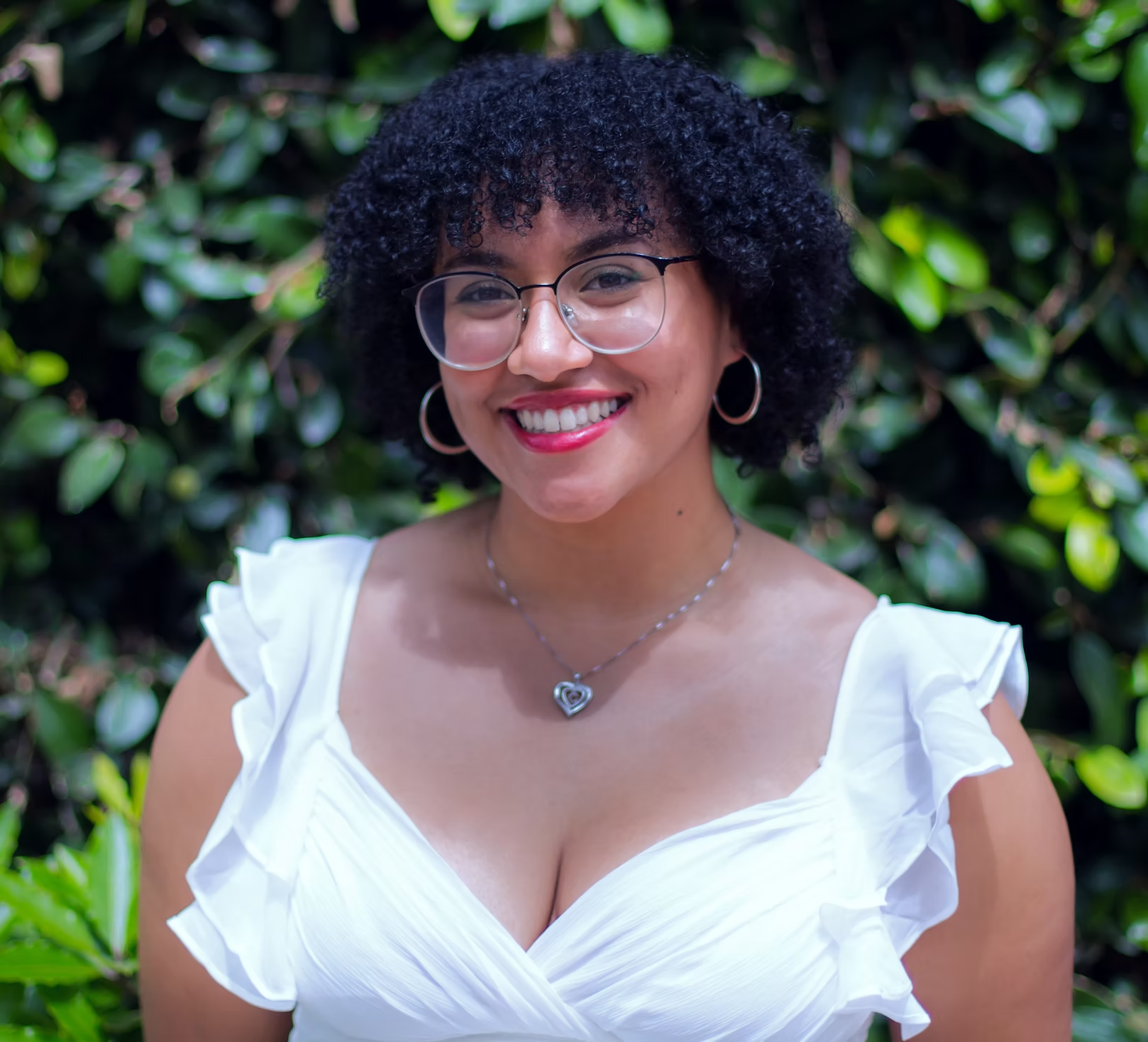Alright – so today we’ve got the honor of introducing you to Gabriella Diaz. We think you’ll enjoy our conversation, we’ve shared it below.
Alright, Gabriella thanks for taking the time to share your stories and insights with us today. We’d love to hear about a project that you’ve worked on that’s meant a lot to you.
I recently completed a passion project that’s fairly close to my heart– “Shadow Dancing.” The 21 minute short film follows an immortal woman who falls in love with reincarnated versions of the same woman throughout time, forever destined to choose between loneliness and vulnerability, learning that love is always worth the risk if you choose to find it again.
The idea of “Shadow Dancing” originated in my bedroom with one of my best friends, Halle Schaffer. We were on the verge of graduating from our undergraduate studies at the University of Southern California– I studied Film & TV Production and she was in Pre-Law, with a dedicated interest in screenwriting. Something we often talked about was our difficulties with being open and vulnerable with romantic partners, especially as queer women. We felt like there was a barrier around our two hearts, built with the bricks and stones from previous relationships, and we had had enough. We wanted to create something that allowed us to process our own struggles, while creating an example for other queer women to look up to. And thus, “Shadow Dancing” was born.
From pre-production to its completion, the film took under seven months to create. We essentially began right after we graduated on development, crewing, and fundraising. We raised $20k on Seed & Spark in under a month, making over half of that goal within the first week. My producers (and some of my closest friends) Isabelle Leonard and Alexia Howard were pivotal during this time, as Halle and I had written a script that would take place in essentially the same location over 4 decades of time. Fortunately, with the help of my producers, my Director of Photography Liam Hoole, my production designer Natalia Pacheco, and over 40 other essential crew members, we completed production in ten days in August. It was a hard and demanding set, especially for my lead actor Stephanie James, who had to conjure the complicated feelings of an immortal woman that had seen the love of her life die in increasingly unexpected ways.
When we entered the post-production process in September, my editor Isaiah Lenoue, sound designer Michelle Pugh, and composer Nicoletta Nomicou worked nonstop with the rest of our team to make the best and most beautiful version of the film, and one that aligned most closely with the vision Halle and I were dreaming of for months. The film was completed in December of 2024 and is currently on the festival circuit.
This project allowed me to explore parts of my identity that not even my diary had been privy to. Creating a narrative that forced me to confront the times I hid myself from love because I was too scarred allowed me to go along on this journey with our protagonist. She and I were experiencing the same feelings of anxiety and apprehension, of having to move past our grief for the sake of loving again. It is vital to our existence to come to terms with our past and allow ourselves to move forward, even if it’s the scariest thing in the world. Equally important was this focus on a queer relationship, because I’ve found that the effects of these relationships hit me harder than a heterosexual one. I felt compelled to say “hey, you can get through this, and come out on the other side.” I hope that sentiment rings true for those watching it as well.

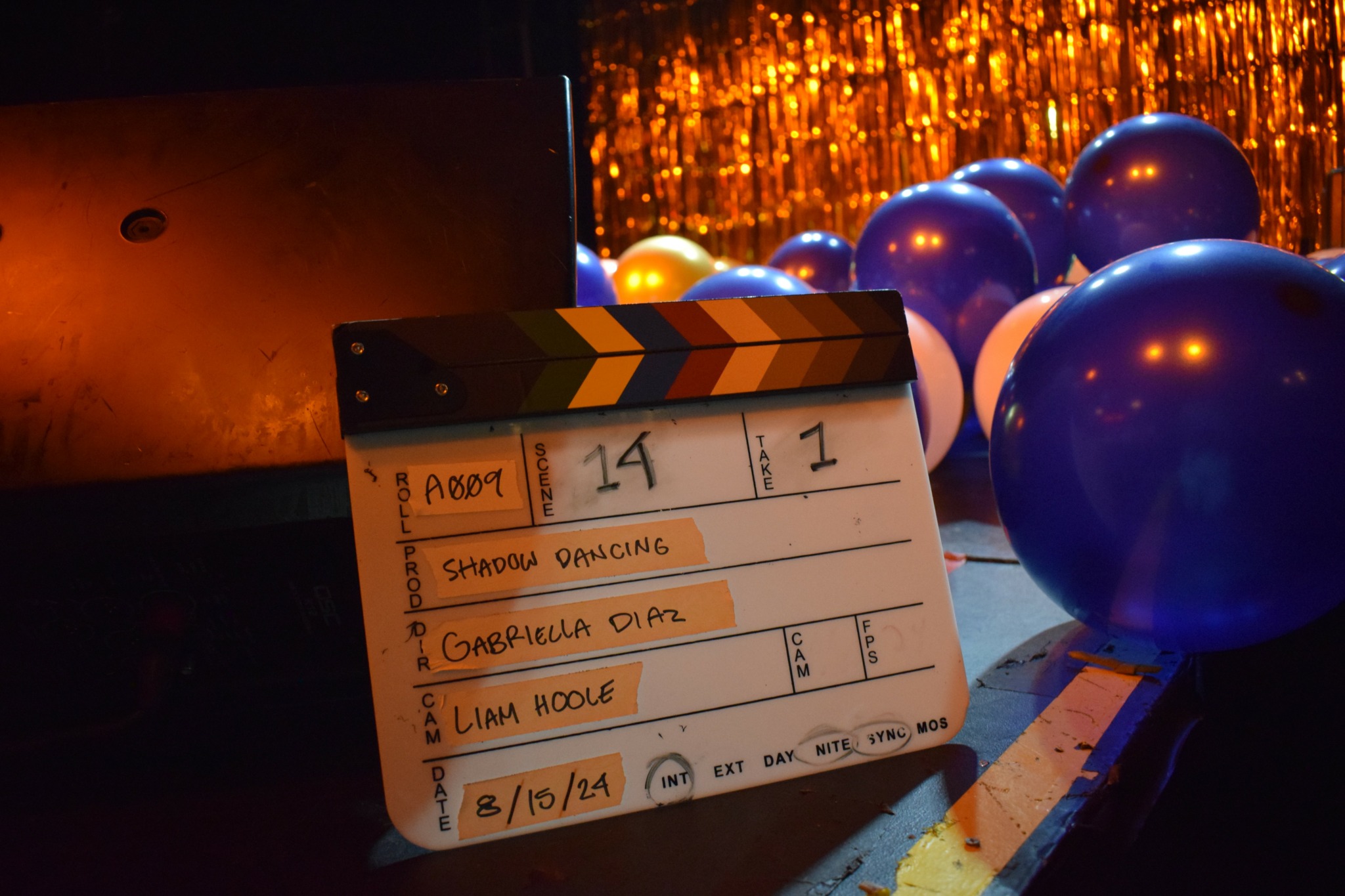
Great, appreciate you sharing that with us. Before we ask you to share more of your insights, can you take a moment to introduce yourself and how you got to where you are today to our readers.
As a queer woman of color, I focus my directing work on telling stories that would help women like myself come into their own, intertwining optimism with the harshness of human existence. My work often features a poetic exploration of identity with a fantastical or surreal element— playing with time, the subconscious, and the power of emotions— while keeping my stories grounded in a familiar reality. Queer women are usually at the heart of my films, taking recognizable themes and spinning it for a fresh perspective for an underrepresented audience.
If I’m not preoccupied with directing, I spend my free time producing and developing other films that highlight marginalized communities. I’ve worked in a range of production roles- from production coordinating to being the lead producer- and find each as fulfilling as the last. I believe deeply in collaboration and leading with authenticity, and I connect most with teams who feel the same.. As a young producer, I find myself most excited in the development process, working closely with the director and writer(s) to create a unified vision.
I am a recent graduate of the USC School of Cinematic Arts, working as a contracted script reader and independently directing and producing projects. My work has been featured at the National Film Festival for Talented Youth (NFFTY), the Paris in Love Film Festival, and the Chattanooga Film Festival.
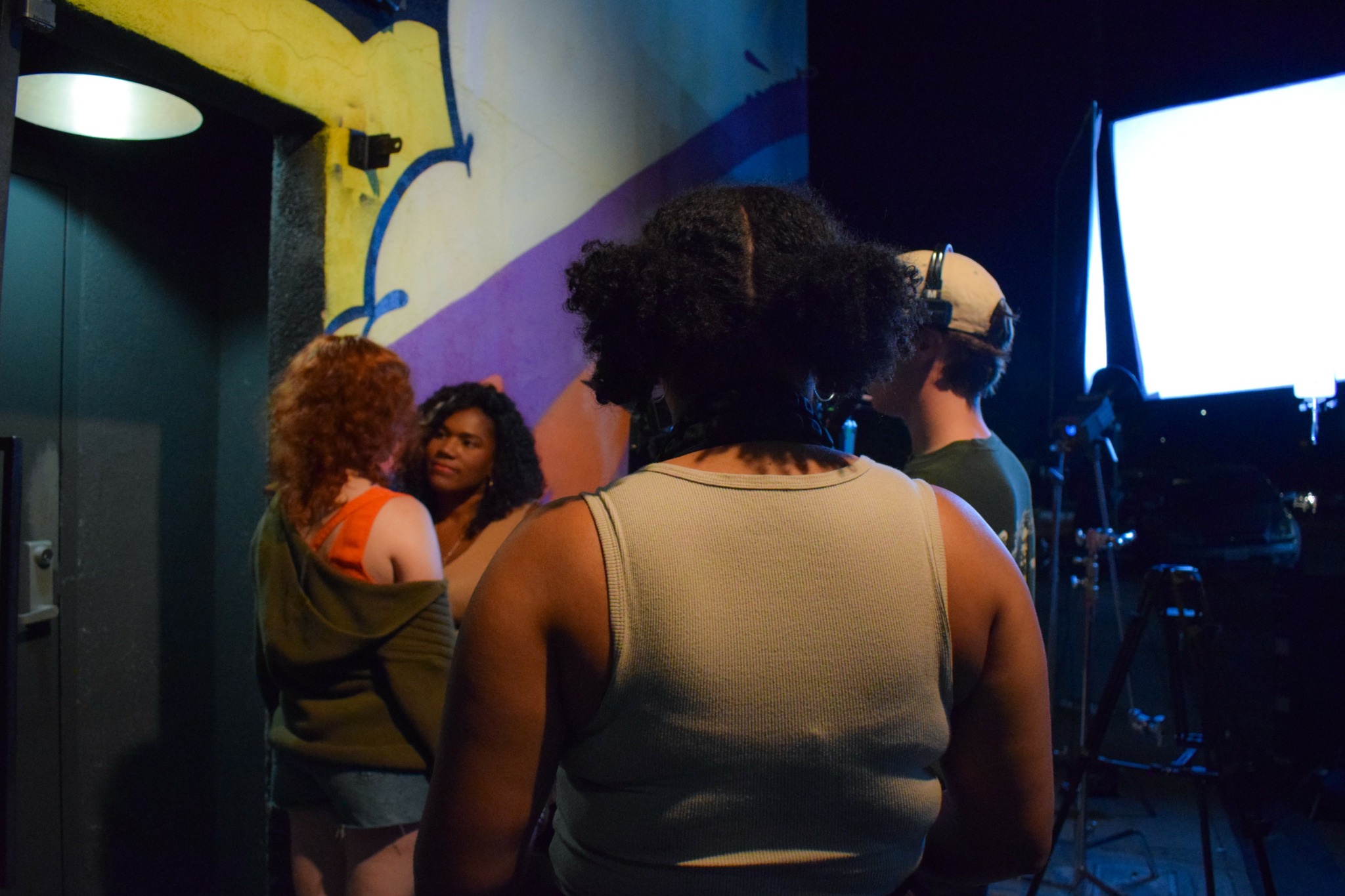

What can society do to ensure an environment that’s helpful to artists and creatives?
The biggest issue most creatives are facing is the increasing disregard of the arts from the general population. Such an emphasis has been placed on non-humanities/arts related fields that what we study and create can sometimes trigger a skeptical response. I would be lying if I didn’t say that it’s made me question my own position as an artist– does what I do *really* matter?
The answer: of course it does.
Say we completely eradicate the arts. No paintings, no video games, no poetry or novels, no movies out in theaters. What would be the point of working so hard if there is no relief? No TV show to talk about, no decoration in your home, no color to paint your life with the vibrancy we so desperately crave. So why do so many people scoff at receiving an arts degree? Or roll their eyes when someone devotes their life to drawing commissions?
An unfortunate result of this is the use of generative AI art. Sure, it is easier to have artificial intelligence create fanart of your favorite fictional characters having coffee together, or see what your cat would look like if they were painted in Van Gogh’s style, but it is infinitely more fulfilling to see these things created by a human– or even yourself! It’s the human touch that matters. The way people actually see the world matters.
Also, pay people what they deserve. We still have to pay rent.

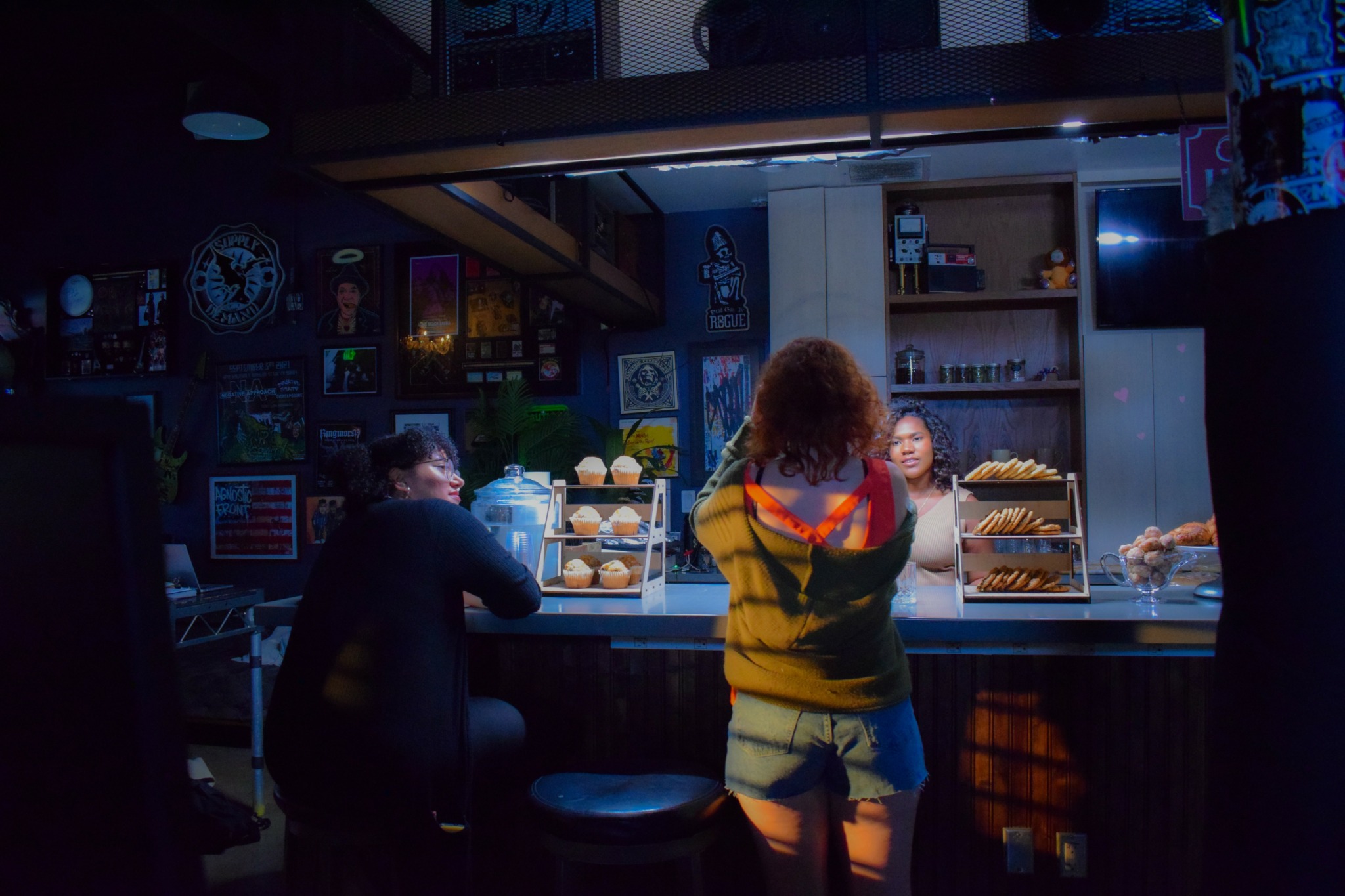
What’s the most rewarding aspect of being a creative in your experience?
My favorite thing in the world is watching people. I love to observe, and I love to listen. And I love to watch people watch movies. I frequently will see a movie in theaters multiple times over with different groups of people because I just love seeing their reactions. There’s something so exhilarating seeing someone cry, or laugh, or leap out of their seats because of a jumpscare. Even more so when it’s my own work.
After my little brother watched the final cut of “Shadow Dancing,” though he worked on it in a small capacity as our title designer, was that he began to cry at the ending– not out of sadness, but because the main character had finally accepted to let love into her life again after pushing it away for so long. My brother had been a part of the process of making the film, he knew what was going to happen and when, and he still walked away from that feeling affected. I think about that comment a lot. Being able to bring someone I love to tears in that way was beautiful to me. It’s a form of connection that can be difficult to conjure otherwise. That’s what it’s all about.
Contact Info:
- Website: https://www.gabrielladiaz.net/
- Instagram: https://www.instagram.com/gabriellaa.diaz/
- Linkedin: https://www.linkedin.com/in/gabriellaadiaz/
- Other: Film’s Instagram: https://www.instagram.com/shadowdancingfilm/
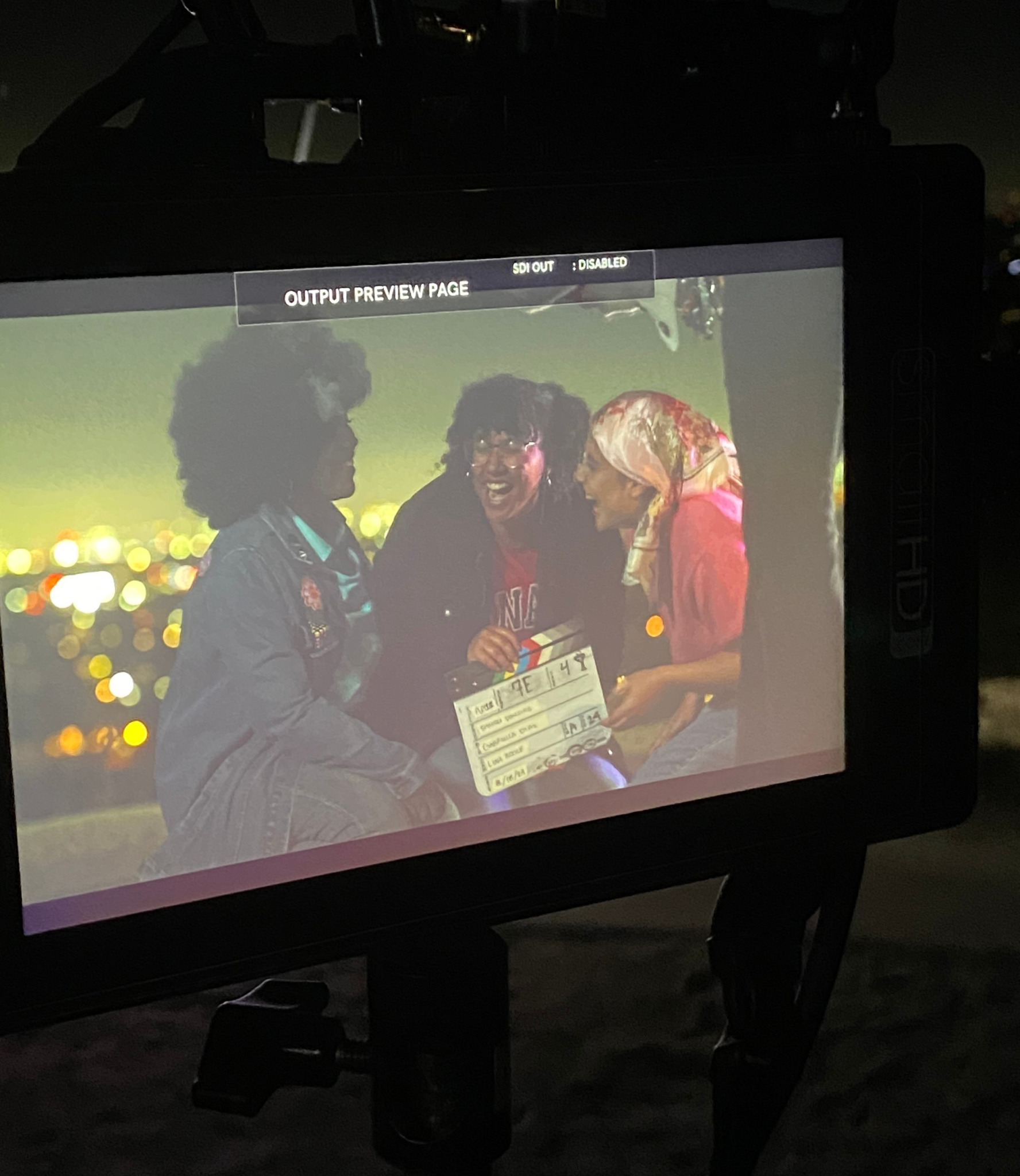

Image Credits
Andrew Kerner
Rome Brown
Erin Chang


